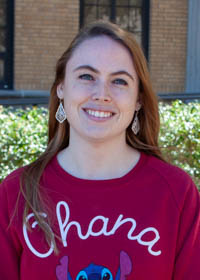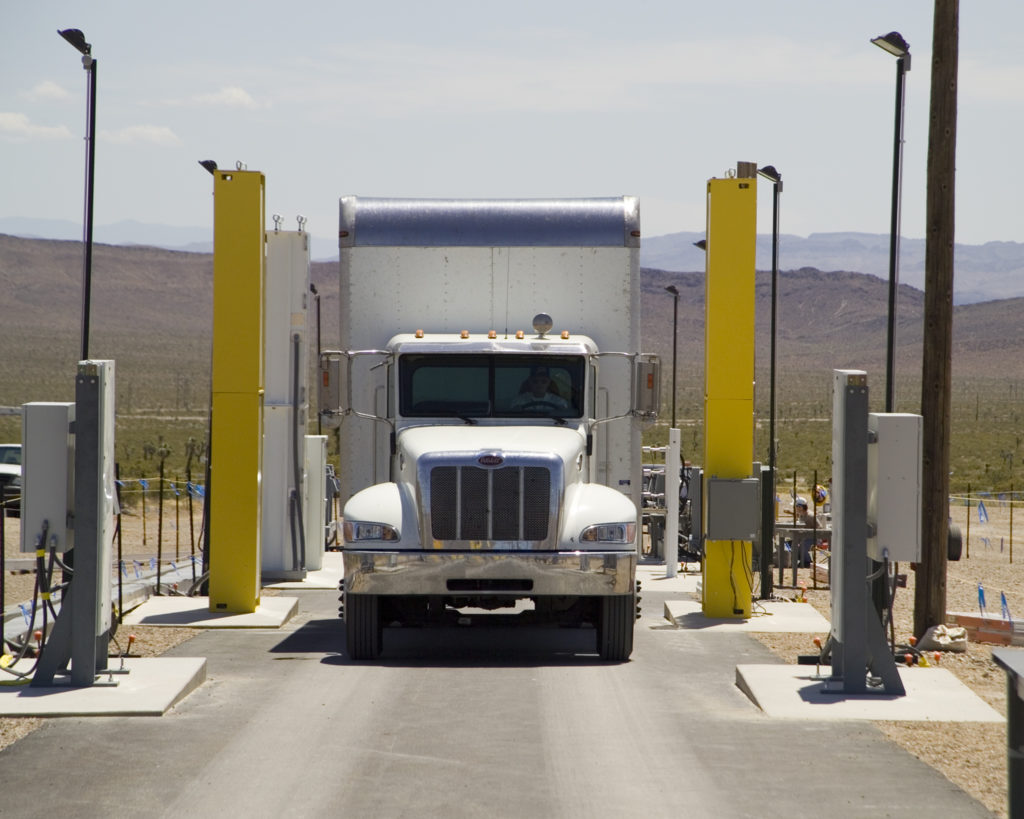Radiation detectors are deployed throughout the United States in many national security applications. One application of critical interest to the government is border security and the radiation detectors that operate at room temperature to monitor border crossings and other ports of entry. Every year, the government dedicates millions of dollars to research ways to improve the resolution of these detectors. Alexis Ash, a graduate student who worked with Center for Nuclear Security Science and Policy Initiatives (NSSPI) Deputy Director Dr. Craig Marianno, took a different approach to ensuring detectors can signal the presence of highly enriched uranium, or HEU, at border crossings.

“Rather than striving for marginal improvements in detector resolution,” said Ash, “my research addressed the use of suboptimal detectors for identification algorithms to identify HEU.”
Ash analyzed three different gamma identification algorithms to determine the worst resolution at which each software could still identify highly enriched uranium. This was performed for HEU alone, HEU with shielding, HEU with an interference source, and HEU with an interference source and shielding to determine the minimum resolution necessary to identify a HEU source in different potential smuggling scenarios.
Ash was able to determine the minimum resolution needed for the detector, as well as which software and identification regime was the most successful in identifying HEU using suboptimal detectors. Her research demonstrated that with the correct automated source identification analysis, suboptimal detectors can be used to identify HEU even in the presence of interfering photopeaks.

During her time as a NSSPI graduate student, Ash was also part of a team that led an emergency response training exercise conducted at Disaster City.
“We hid sources around one of the collapsed parking garages and abandoned storefronts,” recalls Ash. “Then, the visiting emergency response team conducted their exercise to locate the sources in the full hazmat gear. It was a very unique experience to witness, and getting to explore Disaster City was definitely memorable. This experience allowed me to witness emergency response in an in-person learning environment rather than just through textbooks and lectures.”
Ash graduated from Texas A&M University in May 2022 with a Master of Science in nuclear engineering. As a NSSPI student, she also completed academic certificates in International Engineering and Nuclear Security, as well as the INMM Professional Certificate in the Fundamentals of Nuclear Safeguards. She previously received her B.S. from Texas A&M in Nuclear Engineering with minors in mathematics and radiological health engineering. After graduation, she joined Los Alamos National Laboratory.